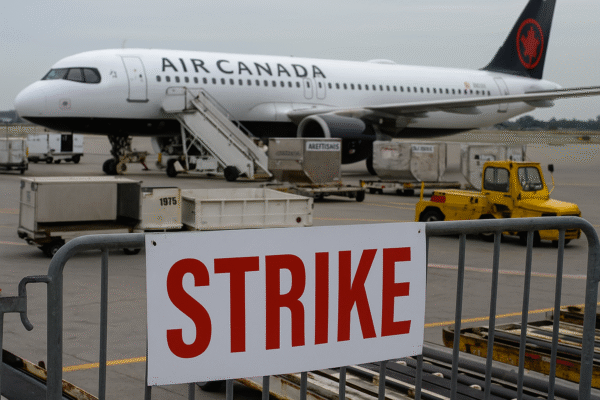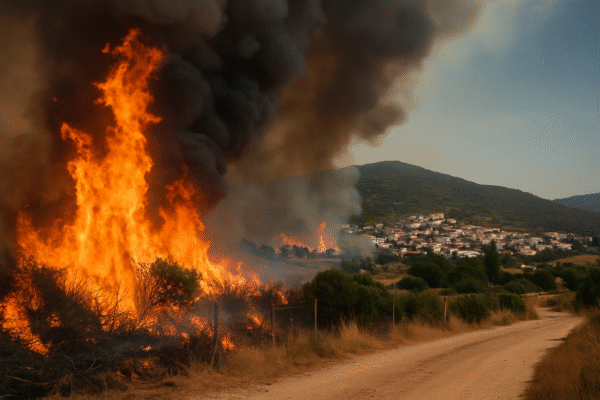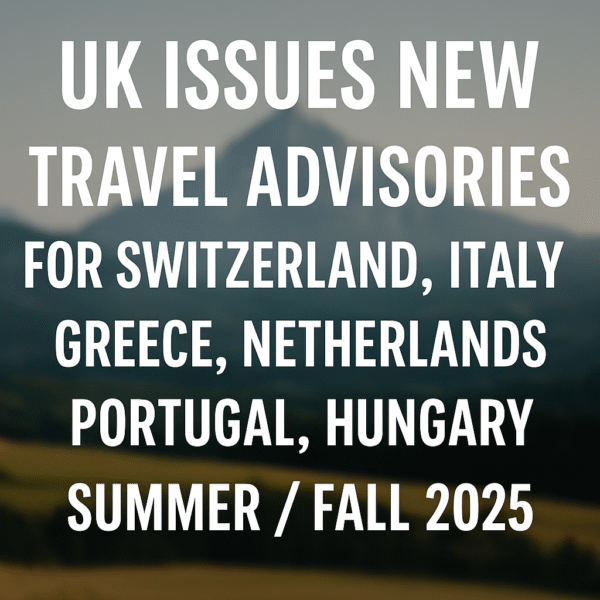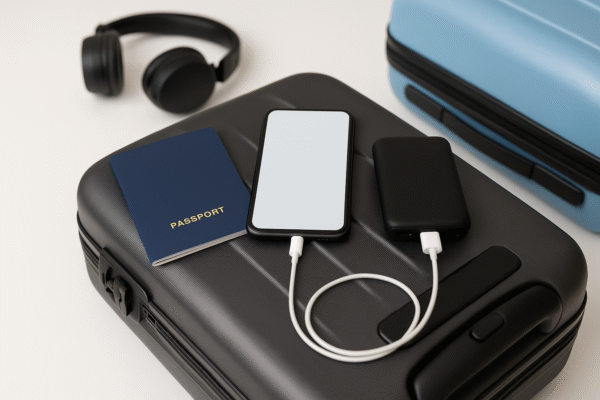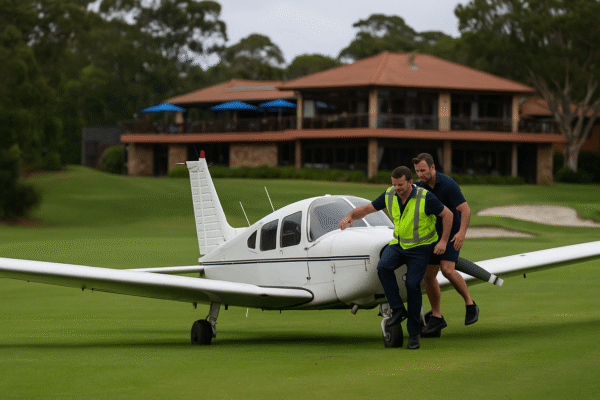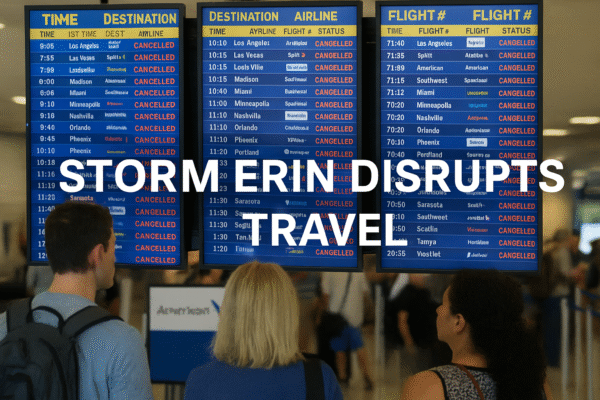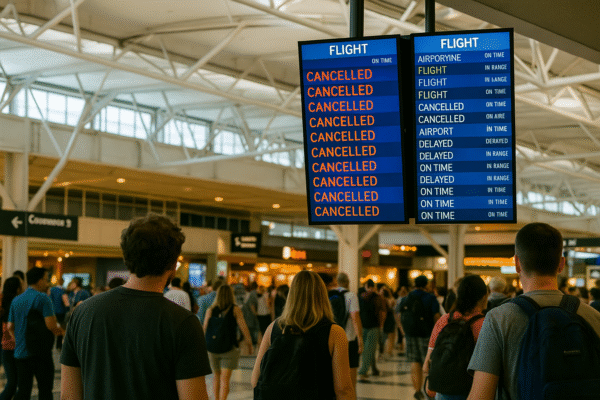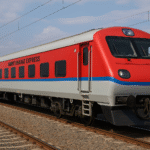Tourists and travelers across Canada are facing a summer nightmare as Air Canada and Air Canada Rouge have grounded all flights amid a sudden strike by flight attendants represented by CUPE, the Canadian Union of Public Employees. The walkout began just before 1 a.m. ET on August 16, 2025, marking the first such aviation strike since 1985 and sending shockwaves through airports from Toronto to Montreal and Vancouver, leaving an estimated 130,000 passengers stranded each day. In response to the mounting crisis, the Canadian federal government has imposed binding arbitration, aiming to resolve the dispute swiftly—but restoring full service could still take up to a week.
A Strike That Grounded a Nation’s Skies
The strike commenced in the early hours of Saturday, August 16, with flight attendants abandoning their posts due to a bitter impasse over wages, working conditions, and unpaid labor performed on the ground. The attendants argue that standard industry pay practices—in which they are compensated only when the aircraft is airborne—fail to account for time spent during boarding, pre-flight preparations, and ground duties. CUPE estimates this amounts to nearly 35 hours of unpaid labor per month per attendant, and they seek recognition and compensation for this critical work. While Air Canada offered a 38 percent increase in total compensation over four years, the union rejected it as insufficient, citing inflation and below-market conditions.
Government Steps In: Binding Arbitration Enacted
As airports descended into chaos, the government of Canada, led by Jobs Minister Patty Hajdu, announced an intervention. Recognizing the strike’s potential to cripple commerce and disrupt daily life, Ottawa mandated binding arbitration through the Canada Industrial Relations Board, ordering flight attendants back to work promptly. While negotiations had stalled, and the union opposed forced arbitration, the government determined that a resolution could not be delayed any further.
The arbitration proceedings are anticipated to be swift—possibly wrapped up within 24 to 48 hours. However, airline officials warn that returning to full operational capacity could take a week or more, given the backlog of cancellations and logistical hurdles.
Frustration at Terminals and Protests at Gateways
Picket lines sprang up immediately at major airports—Toronto Pearson, Montreal‑Trudeau, Calgary, and Vancouver—demonstrating widespread union solidarity and anger. Meanwhile, thousands of travellers were left rebooking flights, searching for refunds, or simply waiting for more information. Air Canada had already started a phased shutdown, cancelling hundreds of flights beginning August 13, and by the morning of August 16, all flights from both the mainline carrier and its budget arm, Air Canada Rouge, were suspended. Regional affiliates such as Air Canada Express—operated by Jazz Aviation and PAL—remained operational.
Travellers Left in Limbo—Advice Amid the Chaos
For both domestic tourists and international visitors, the strike’s timing could not have been worse—coming at the height of the summer travel season. Tourists planning to land in or depart from Canada must now proceed with extreme caution:
- Avoid going to airports unless absolutely necessary. If you are without a confirmed alternative flight, heading to the terminal may lead only to confusion or frustration.
- Check for updates from Air Canada. The airline is offering free changes to bookings between August 15 and 19, as well as full refunds or future travel credits for affected flights on August 16 and 17. Rebooking may also occur through partner carriers, though availability is extremely limited.
- Stay flexible. With demand sky-high, finding seats on alternative flights will be challenging—yet being open to later dates or different routes may improve your odds.
Rebuilding Trust: The Long Road Ahead for Air Canada
Air Canada now faces not just operational headaches but a potential reputational crisis. Financial analysts have sounded alarms: the strike may undermine public confidence, especially among business travellers and international tourists who rely on dependable air service. Expansion and seasonal promotions could take a hit if confidence in the carrier diminishes long-term.
What Comes Next?
- Binding arbitration is underway, with hope for resolution within days. Still, even after that, resuming full operations might stretch into next week.
- Passengers continue to wait for clarity. Confirmation of rebooked flights, refunds, or credits will determine thousands of travel plans—so vigilance is key.
- Tourism recovery hinges on quick stabilization. Canada’s appeal as a travel destination depends in part on predictable access—reestablishing Air Canada’s reliability is essential.
For now, affected travellers are advised to stay informed, remain adaptable, and prioritize confirmed bookings over gut impulses to head for terminals. With government action and arbitration in motion, Canada’s airplane cabins may soon take flight again—hopefully with smoother skies ahead.
For more travel news like this, keep reading Global Travel Wire




